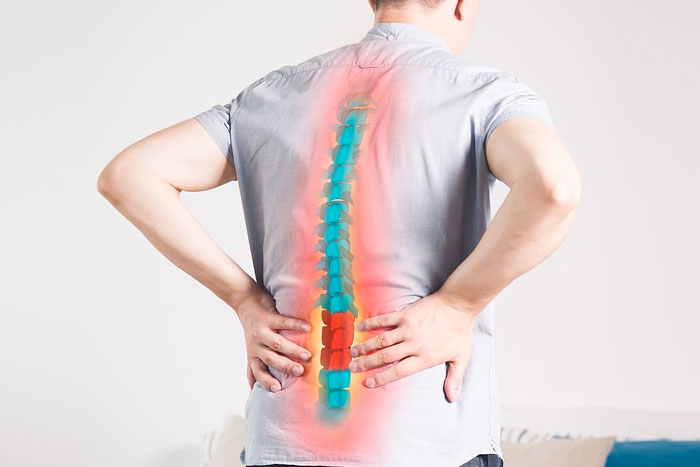When the Spine Narrows and Presses on Nerves
Spinal stenosis is a condition where the spaces in your spine become narrowed, placing pressure on the nerves. It can cause pain, numbness, or weakness in the back, legs, or arms.
Why Spinal Stenosis Develops Over Time
The spine is like a highway for nerves. When the tunnel (spinal canal) narrows, the nerves passing through get crowded. This narrowing usually happens gradually as part of ageing, but can also follow injury or other spine problems.
Common Causes of Spinal Stenosis
Several conditions can contribute to the narrowing of the spinal canal:
- Arthritis and wear-and-tear – bone spurs from degeneration are the most common cause
- Slipped (herniated) discs – bulging discs pressing into the canal
- Thickened ligaments – ligaments around the spine stiffen and enlarge with age
- Spinal injuries – fractures or trauma narrowing the canal
- Scoliosis – spinal curvature changing the alignment of the canal
Symptoms That May Signal Spinal Stenosis
Symptoms often build up slowly and may include:
- Back or neck pain
- Pain, numbness, or tingling in the arms or legs
- Weakness in the hands, arms, or legs
- Difficulty walking long distances (pain improves when bending forward or sitting)
- In severe cases, problems with balance or bladder/bowel control
How Doctors Diagnose Spinal Stenosis
Since spinal stenosis shares symptoms with other spine issues, accurate diagnosis is key. Evaluation may involve:
- Medical history and physical exam: checking posture, movement, and nerve function
- Imaging: MRI or CT scans to visualise narrowing and nerve pressure
- X-rays: to detect bone changes or arthritis
Treatment Options for Spinal Stenosis
Not all cases require surgery. Treatment depends on severity and lifestyle impact:
- Lifestyle and activity adjustments: posture correction, walking aids if needed
- Physiotherapy: exercises to strengthen muscles and improve flexibility
- Medications: for pain and inflammation
- Injections: targeted relief for nerve-related pain
- Surgery: decompression or fusion procedures may be recommended if symptoms are severe or persistent
Living with Spinal Stenosis
People with spinal stenosis often describe relief when leaning forward, like resting on a shopping cart. Making activity modifications, staying mobile, and building strength can help. But if walking becomes increasingly difficult or if neurological symptoms appear, medical care is important.
Book a Consultation for Spine-Related Pain or Numbness
If you notice persistent pain, tingling, or weakness linked to spinal stenosis, book an appointment at Mash Spine & Orthopaedics for a proper diagnosis and tailored treatment plan.





